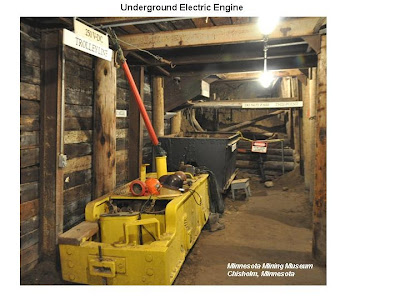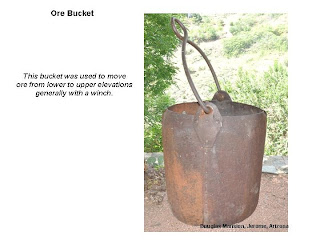Stamp Milling A Treatise on Practical Stamp Milling and Stamp Mill Construction by Algernon Del Mar
This book contains a tremendous amount of information that is easily understood by most individuals that are interested in stamp mills and their processes. There are about 140 pages in this book and can actually be read like a novel. I know one individual that read through this book from front to back twice!
There is a brief history of the stamp mill starting in 1340, when they were used in the production of gun powder, and continues through 1900 which at that time stamp mills were considered quite modern. A nice thing about the book is that it has several illustrations that show early stamp mill configurations. In addition, it contains a wonderful history of the stamp mill.
The book gives an excellent accounting of the general principles of the stamp mill and discusses stamping, battery feeding, crushing capacity, power requirements and the cost of stamp milling.
It informs readers about problems that might occur during operations including broken camshafts, loose shoes and bosses, and how to prevent these accidents from happening.
There is an entire chapter on amalgamation. A discussion on amalgamation in excellent detail follows and points out practical applications of the process.
One of the most interesting chapters discusses construction and has many pictures and drawings to help understand how mills were assembled.







































